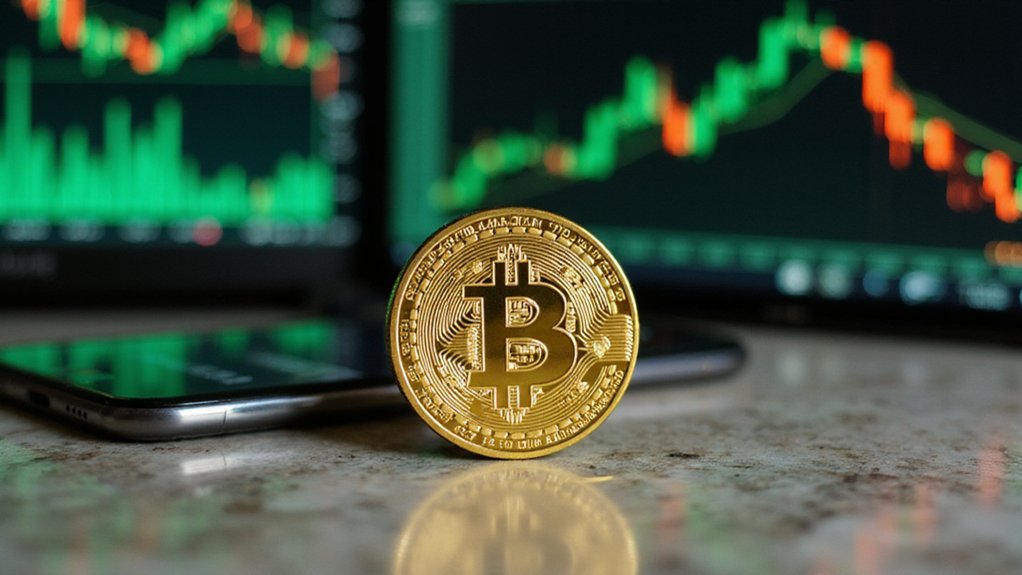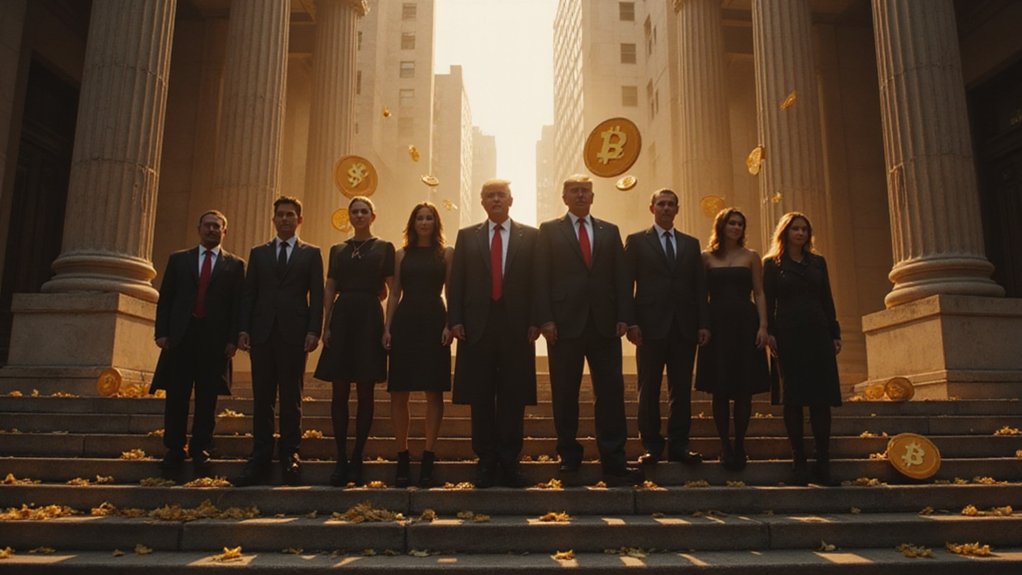On the anniversary of the most expensive fast food purchase in history, Bitcoin reached a staggering new all-time high near $110,000, propelling its market capitalization beyond $2.1 trillion and officially surpassing Amazon in global asset rankings.
The timing couldn’t be more poetic—Bitcoin’s ascension past the e-commerce giant occurred precisely on “Pizza Day,” commemorating that fateful 2010 transaction when 10,000 BTC purchased two Papa John’s pizzas, a sum now worth over $1.1 billion.
This remarkable milestone positions Bitcoin as the fifth-largest asset globally, trailing only behind gold, Microsoft, Apple, and Nvidia.
Bitcoin now stands as the world’s fifth-largest asset, eclipsed only by gold and tech titans Microsoft, Apple, and Nvidia.
Meanwhile, Amazon’s market capitalization of $2.15 trillion has suffered an 8% year-to-date decline, creating the perfect conditions for this watershed moment in financial history.
Bitcoin’s 18% year-to-date gain stands in stark contrast, exemplifying the divergent trajectories of these assets.
What makes this particularly remarkable is the juxtaposition of Bitcoin’s decentralized structure against Amazon’s traditional corporate hierarchy.
The former—a programmable, finite asset capped at 21 million coins—has demonstrated resilience that institutional investors increasingly find compelling.
The blockchain’s immutable ledger, once dismissed as merely speculative, has evolved into a legitimate financial instrument with expanding real-world applications.
Bitcoin’s history has been marked by significant events like the Mt. Gox collapse in 2014, which saw the theft of approximately 850,000 BTC worth $450 million at the time.
The evolving regulatory landscape has further catalyzed Bitcoin’s institutional adoption.
Sophisticated investors, once skeptical of cryptocurrency’s place in diversified portfolios, now acknowledge its potential as both a store of value and an investable asset class.
This shift represents a fundamental recalibration of risk assessment models that previously excluded digital assets entirely.
Bitcoin’s supplanting of Amazon (not to mention Google) signals more than a temporary fluctuation in market dynamics; it reflects a profound transformation in how value is perceived and stored in modern economies.
As the cryptocurrency continues its maturation process, questions remain about its long-term stability—yet its capacity to outperform established tech behemoths speaks volumes about changing investment paradigms.
For early adopters who recognized Bitcoin’s potential, today’s milestone validates their foresight; for skeptics, it presents a compelling case for reconsideration.
Analysts are particularly optimistic about Bitcoin’s future performance, with some predicting a potential surge to up to $150,000 by 2025 if current momentum continues.









